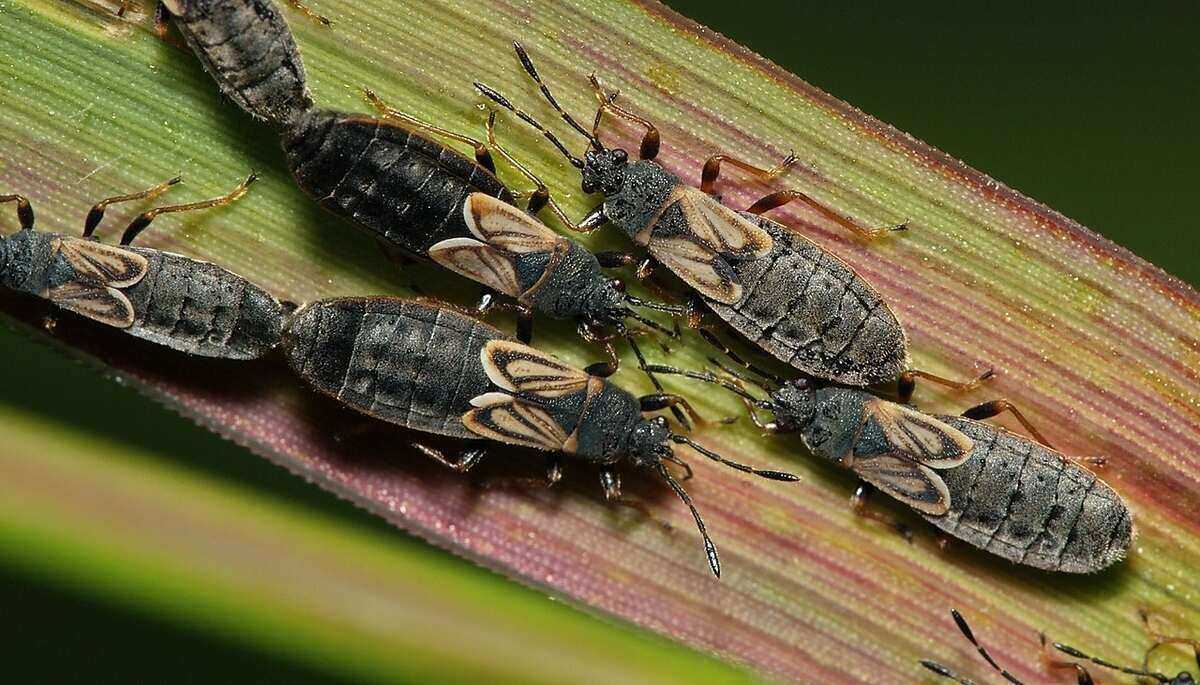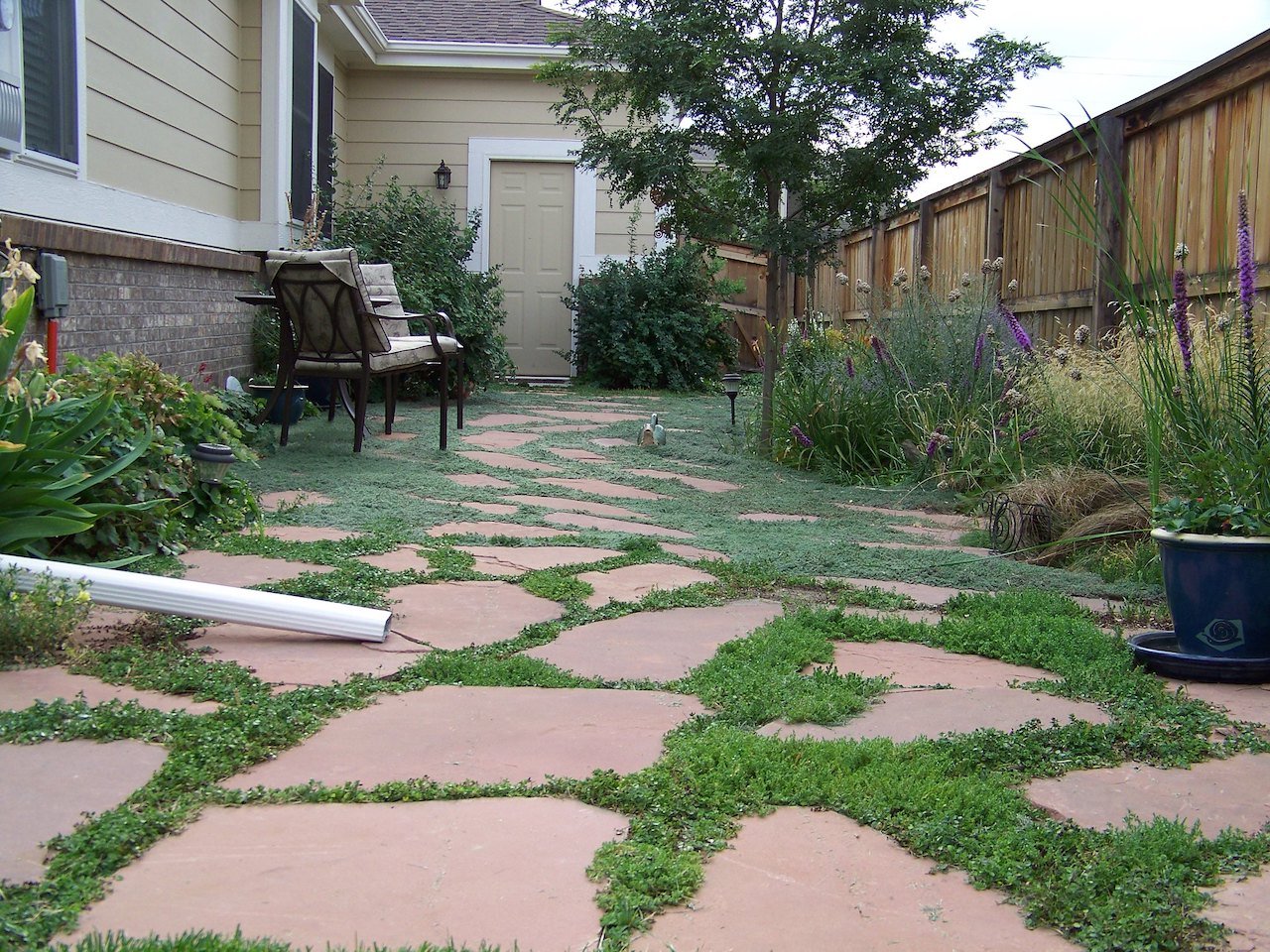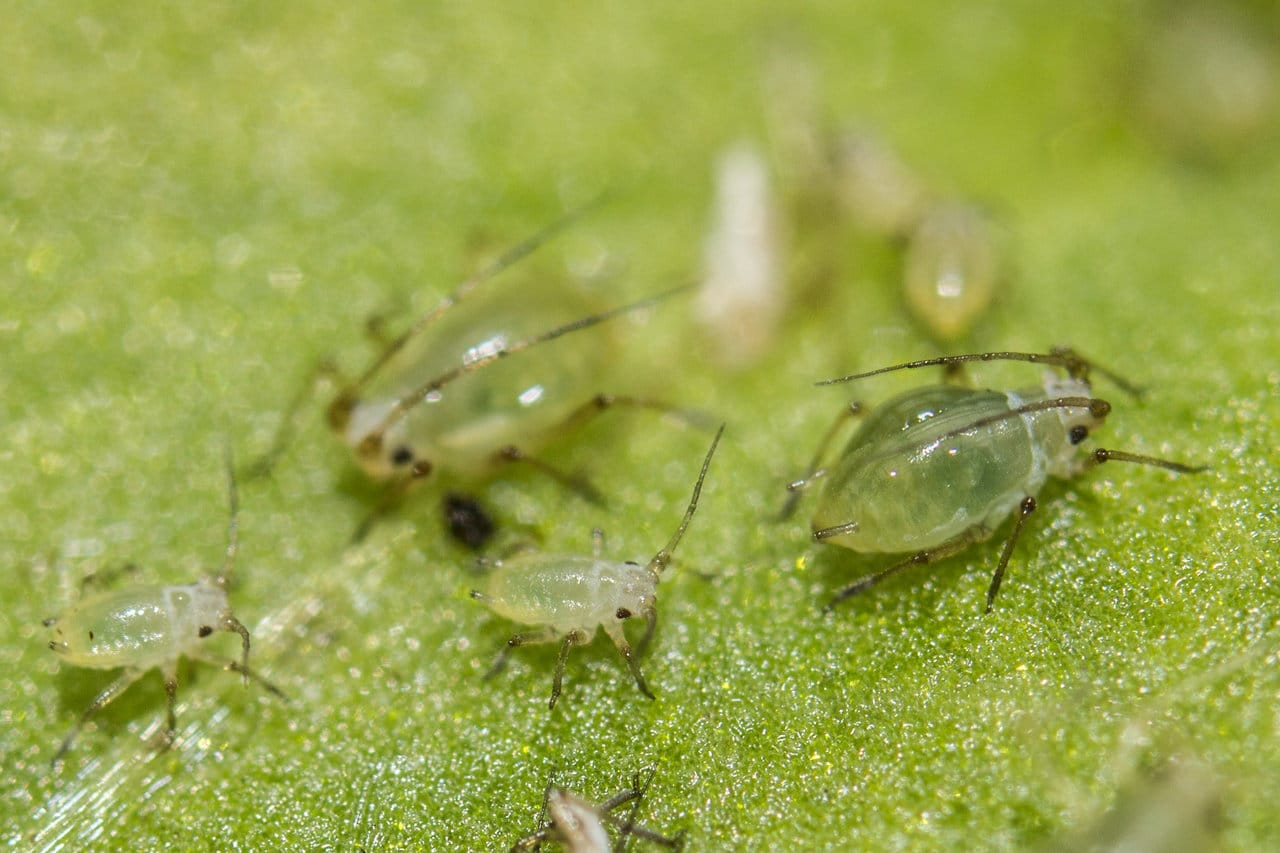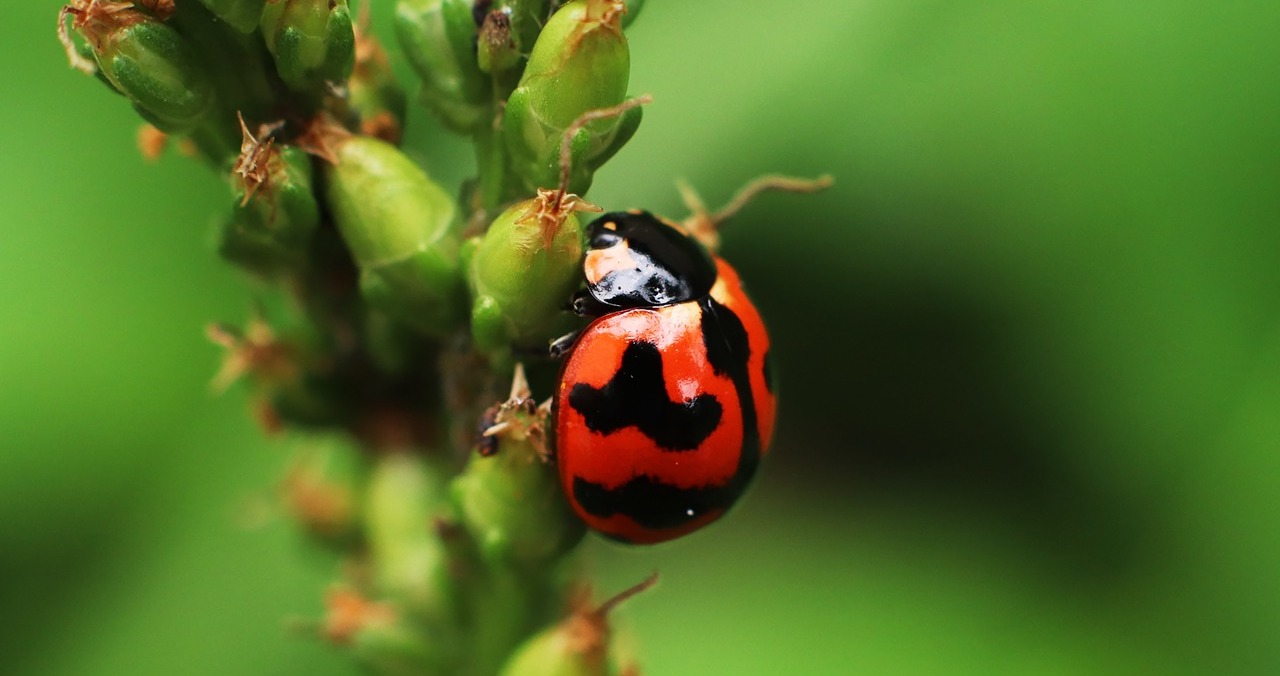
If you’re a gardening enthusiast in Denver, the presence of bugs may raise an eyebrow. But experienced gardeners know that while many insects are garden destroyers, others are actually helpful.
Denver is home to several garden-friendly insects that keep your garden free of unwanted pests. But they’re usually unappreciated and often exterminated just because of the stigma of being a bug.
“There are ways you can garden and manage your yard to promote these beneficial insects,” according to Dr. Whitney Cranshaw, a professor of entomology at Colorado State University. “Like people, bugs need food, water, and housing.”
Dr. Cranshaw lists a four-step agenda for welcoming beneficial insects:
- Learn to recognize them so you don’t kill them.
- Provide food for the adults.
- Provide food for the younger critters.
- Provide nest sites, if needed.
Many of the good bugs that kill garden pests do so in their larval stages and feed on pollen or nectar when they become adults.
Here are some of the good insects you should welcome:
Ladybugs
Of all the creatures in the insect world, this is probably the most darling to humans because of its harmless cuteness and shiny shell. This little bug is also a workhorse when it comes to keeping your garden free of plant-eating pests.
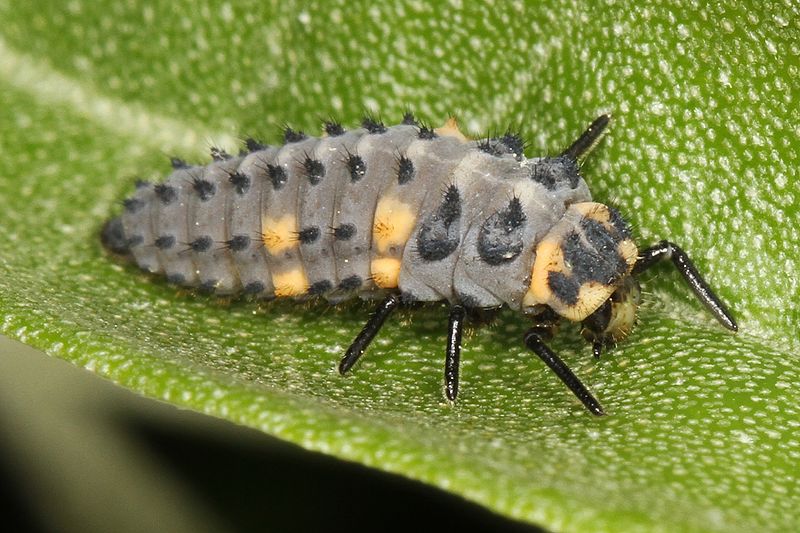
In their larval stage, ladybugs look like very tiny alligators, which prompts many gardeners to kill them. Big mistake! You want to welcome and nurture these garden-friendly insects. The adult snacks on aphids, but is more content with nectar. You can buy ladybugs at garden centers to turn loose in your yard.
Green Lacewings
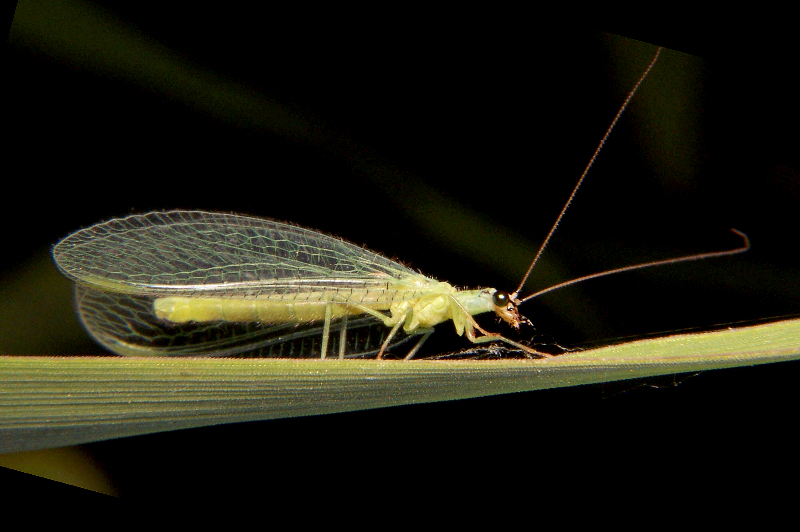
These insects may not be as cute as their distant cousins, but they also labor away in your garden, getting rid of bugs you don’t want. The adults are delicate green creatures about ¾-inch long with gossamer wings and big gold-colored eyes.
The larvae of these insects actually do most of the exterminator chores, devouring aphids and even caterpillars and beetles many times their size. The grownups have a fondness for pollen and nectar. Like ladybugs, you can buy lacewings and set them free to graze.
Parasitic Wasps
The idea of welcoming wasps into your yard may seem absurd, but a few species help rid the garden of pests you really don’t want. Most parasitic species are harmless to humans. They’re generally smaller than stinging wasps, and they feed on cutworms, armyworms, moths, and a variety of other pests.
Flower Flies
This flying insect does a masterful job of disguising itself as a honeybee. Not only are its markings similar, but it also buzzes around flowers gathering pollen. Besides being good pollinators, they also eat soft-bodied garden pests such as aphids and scales. In both larval and adult stages, flower flies are excellent exterminators.
Ground Beetles
These bugs are living vacuum sweepers for your yard and garden. Both larvae and adults love to eat damaging ground pests. Slugs, caterpillars, cutworms – you name it, and they’ll eat it.
The larvae stay underground and feed on pests below the soil while adults like to come topside, hide under rocks and wood and scamper out at night to surprise unsuspecting meals. This habit sometimes leads to them being mistaken for cockroaches. An occasional ground beetle may wander into your house but probably won’t stay long.
Other Good Bugs
Up to a third of the world’s human food crop depends on pollination by honeybees. And their numbers have dipped because of pesticides and the mysterious Colony Collapse Disorder. They should always be honored guests in your garden.
Dr. Cranshaw says another excellent pollinator in Colorado is the hummingbird moth. “It’s called that because it looks and acts like a hummingbird.”
Dangers to Beneficial Insects
Protecting beneficial insects can be tricky if you use pesticides. Unfortunately, no pesticide kills all harmful pests while saving beneficial bugs. As a general rule, synthetic remedies are more likely to be indiscriminate than natural treatments. Products containing neem have the best record of safeguarding garden-friendly insects. Milky spore is another eco-friendly way to get rid of unwanted pests.
“The best thing to do is check with your county extension agent before you use insecticides,” says Dr. Cranshaw.
Welcome the Good Guys

In addition to not spraying them or stepping on them, you can take steps to make your garden inviting to beneficial bugs. Dr. Cranshaw points out that most prefer small, accessible flowers. Dill, coriander, sweet alyssum, thyme, and several herbs are good choices. Bees like crocus, wild lilac, snapdragons, asters, and zinnias, all the pretty additions to your garden.
You’re never going to have a completely insect-free garden, so why not make it home to the bugs that are good for the environment — and do some of the work for you?
Whitney Cranshaw, Ph.D., is a professor of entomology and Extension Specialist at Colorado State University. He is the author of the best-selling “Garden Insects of North America: The Ultimate Guide to Backyard Bugs,” a guide to common backyard insects.

